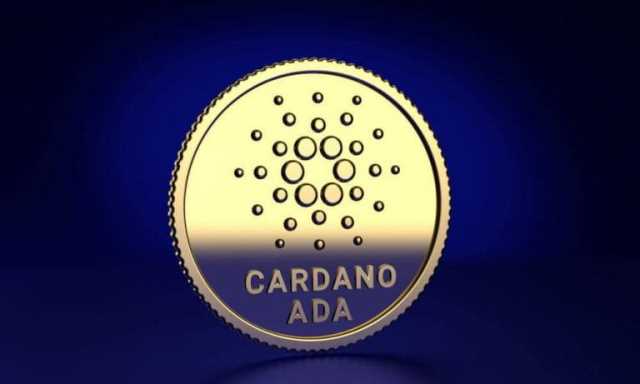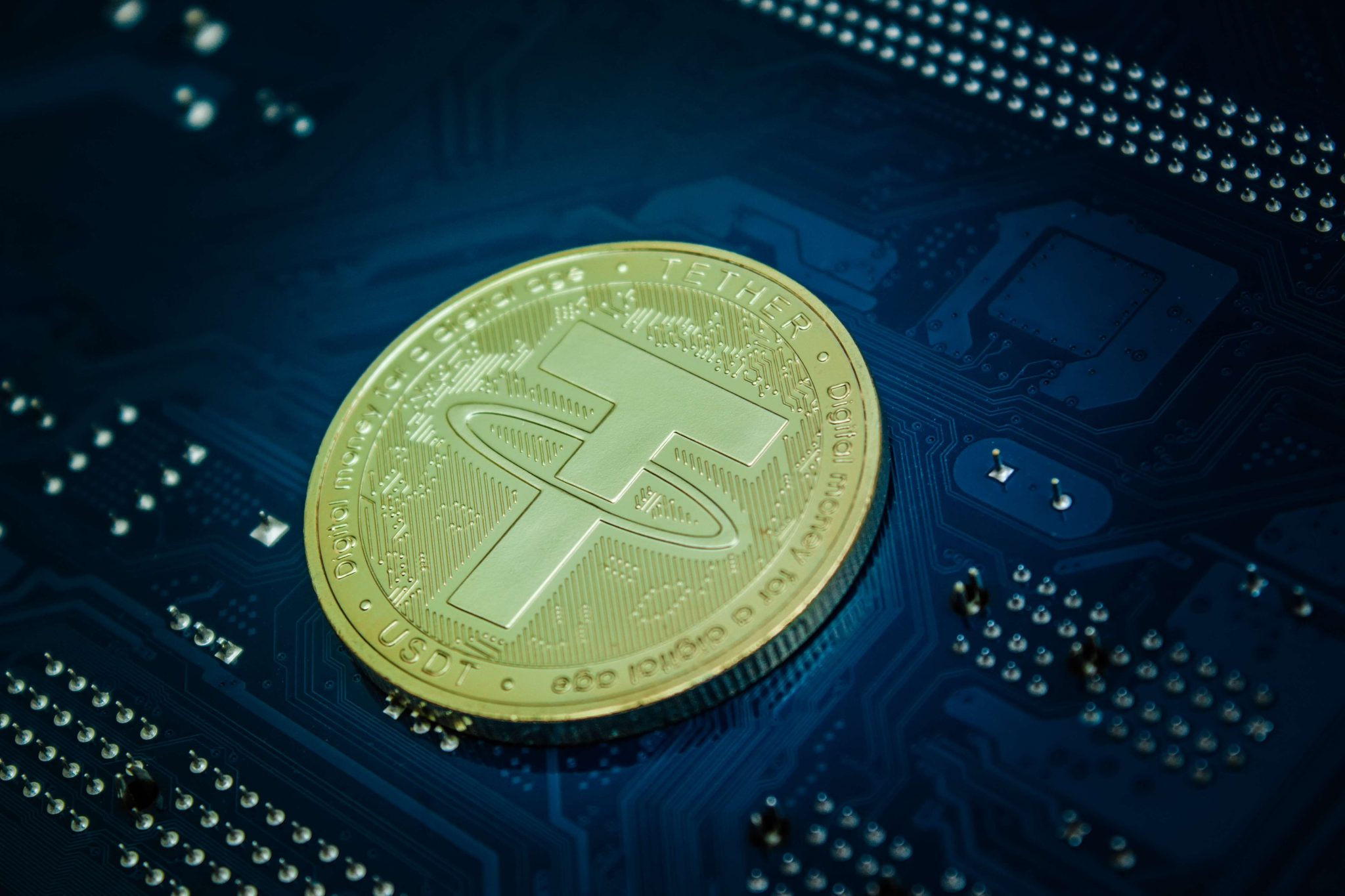
If you provide your official address to another individual, that person may then send you Ether. However, if a person gets hold of your private key, then he or she can access all of the Ether funds you keep on your Ether paper wallet. Connecting a wallet to a dApp allows users to sign in and authorize transactions, such as exchanging tokens, participating in DeFi protocols, or engaging with NFT marketplaces. This connection often involves a one-time approval process where the wallet requests permission to access certain assets or data.
What is ethereum? And how does ethereum work?
- Many wallets also let you manage several Ethereum accounts from one application.
- However, it’s important to note an Ethereum wallet doesn’t store your Ethereum assets, it stores your private keys, the linchpin for executing Ethereum transactions.
- Even though multiple secure locations will help, you should keep in mind that the more locations you store your keys, the more compromise you make which may also pose as a risk.
- Her work has appeared in numerous publications including TheStreet, Mansion Global, CNN, CNN Money, DNAInfo, Yahoo! Finance, MSN Money and the New York Daily News.
- However, if a person gets hold of your private key, then he or she can access all of the Ether funds you keep on your Ether paper wallet.
- ETH is the second largest cryptocurrency by market cap and is consistently among the top five most traded tokens every day.
A combination of at least 15 different characters, including special characters and lower- and upper-case letters, is recommended. You should store your password outside of your computer for safety’s sake, and keep in mind that this password is essential to decrypting your Ether wallet. For those purposes, an online wallet is recommended, at least for the sake of efficiency. In most wallets, you can find your address in the ‘Receive’ section.
Step 1: Setup Linux
In the following section, we will explore the key factors to consider when selecting an Ethereum wallet, helping you find the best fit for your requirements. As much as many would turn to paper wallets as a form of cold storage, it has its own set of disadvantages main concern being paper wallet security. A Paper wallet is perfect for people who wish How to make a Paper Ethereum Wallet to keep their Ether in “cold-storage” that is, un-connected from the internet and safely stored away. With a paper wallet the speed for transfers and exchanges, as well as the overall speed at which your Ether becomes available, is greatly reduced. This is due to the coins having to be relayed back to an online wallet before they can be utilized.
Choosing The Right Wallet

Then copy and paste the public key into the search box in the upper right corner of the Etherscan page and click on the GO button. Some camera apps automatically detect barcodes and store them, so you have to be extra careful. If you want to be extra cautious, disconnect your wireless router https://www.tokenexus.com/ and turn off your modem to be absolutely sure that there is no internet traffic going to your computer. If you are using a virtual machine, shut off the internet connection on the host operating system too. Before you start printing, be sure to disconnect your computer from the internet.
The Largest Exchange in Latin America, Bit2Me Lists EGLD
- Offline wallets, which are more secure, take the form of either dedicated devices called hardware wallets or physical paper wallets.
- For the wallet’s cover, I picked a sunny sheet of yellow paper and traced out how wide it needed to be.
- Soon enough, you will be able to interact with most of the dApps on MultiversX directly from your MetaMask wallet as ecosystem builders gradually integrate it.
- Firstly, they store your private keys offline in a computer chip.
- This post will show you why you may want to create an Ethereum paper wallet and how to mint your first one.
If you don’t want to have paper lying around, then you could just store the password and keystore files somewhere. Make sure you know which password and keystore file goes with which wallet. You can write a number on the paper wallet and use that as a reference number in your digital files. If you want to be extra secure, then you should only create your paper wallets from a brand new installation of an operating system. Paper wallets eliminate many risks like hardware failures, forgotten passwords, hacking that come with other storage methods.


But even then…fire, and a sharp pair of scissors are big threats to even the most robust paper wallets. There are certainly risks involved with this storage method. Once you have the basic tools, paper wallets are very cheap to make. So you don’t have to spend another $100+ on a Trezor or Ledger to get a second or third wallet. This assumes that you have followed the correct steps in creating your paper wallet. A wallet, digital or physical, is simply an address on the Ethereum blockchain.
Step 2: Sweep All of the Money From the Paper Wallet to a Digital Wallet
more stack exchange communities

